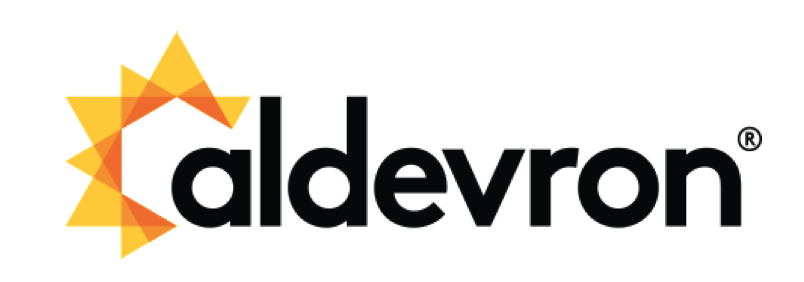

We made counterintuitive structural changes, and the new operation felt like we went from covered wagons to sports cars.
Aldevron’s origins go back to my family’s beekeeping heritage. I grew up in North Dakota, the nation’s leading state in honey production. My parents and grandparents were beekeepers and they taught me the fascinating honeybee’s critical agricultural role. The family honey business sparked a scientific curiosity that led me to study chemistry, biotechnology, and microbiology at North Dakota State University. I applied for and won a research grant during my sophomore year to develop nucleic acid vaccine technology. Aldevron came from this research. My co- founder, Dr. John Ballantyne, and I developed a way to make large quantities of plasmid DNA, an essential component of the exploding field of genomic medicine. Our first purchase order for $1050 arrived via fax. I remember looking at it and thinking, “That’s a lot of money people are trusting us with. We must repay this trust by doing whatever it takes to deliver the highest quality materials for every order, regardless of size.” That’s been the spirit of Aldevron ever since. Today there are honeybee cells in our branding and beekeeping references throughout our facilities. Aldevron is the leading provider of nucleic acids and gene editing enzymes, enabling the entire gene and cell therapy field. My colleagues and I are motivated to serve our clients developing the next generation of life-saving medicines.
Aldevron grew quickly after that first purchase order, eventually reaching a point where we didn’t scale efficiently. The company was at risk of shrinking. My brother Matt, an Aldevron co- founder, was a skilled Brand Strategist. He and I read many business books like Traction and The Advantage, which were helpful but didn’t get to the root of creating and sustaining extraordinary growth. We both came across Organizational Physics, and being a chemist, I could see the more profound principles, such as the need for companies to avoid entropy. I still have my original copy of Organizational Physics marked up with close to 100 sticky notes. As I reflect on that transition period, the biggest frustration was that we weren’t moving at the “speed of biology,” a phrase I use to describe an optimal state for biological manufacturing. We were wasting energy on unimportant things. Lots of opinions, lots of activity, but actual results were increasingly harder to achieve. We were busy but not productive. I kept coming back to the honeybees. I wanted us to be more like an efficient hive that got things done together—and fast.
Our new structure returned Aldevron to a state of maximum efficiency. We made counter-intuitive structural changes, and the new operation felt like we had gone from covered wagons to sports cars. I remember all of Lex’s post-it notes on a wall, representing our new organization structure at the Organizational Physics off-site meeting. Using PSIU rubrics, we put team members in new roles—powering the company to new heights. Furthermore, Organizational Physics gave us tools to monitor company alignment and to ensure we could rapidly identify new sources of entropy. We were acquired by Danaher Corporation six years later for $9.6B, where we are proud to be part of a family of excellent companies. It is a new day, and I know we are just getting started.
Organizational Physics was a blessing to Aldevron. The universal principles, applicable to any organization, gave us a scientific way to view and optimize our business. I wish I had thought more about preparing for the rapid growth that came after implementing OP. At times we grew so fast that Aldevron would drift from the very system that enabled the explosive growth. Thankfully, Lex was always there to help us reset and get back to a continuous improvement mindset.
Identifying and living in your “genius zone” is the best way to serve and empower others. Reducing entropy on a personal and corporate basis is a critical step to reaching full potential. That is an essential concept. Centralizing and gathering the mass is also vital. This is an easily understandable concept, especially if you have spent time in a physics class. Finally, understanding the PSIU system and how the different letters work together was especially helpful.
This case study was originally published in the book Designed to Scale by Lex Sisney.
© Organizational Physics Inc. All rights reserved.
Let’s build your high-performance organization together.
Organizational Physics® empowers CEOs and leadership teams to scale with clarity and confidence. By applying universal principles and proven frameworks, we help organizations improve internal performance, accelerate growth, and build resilient structures for the long term.
© Copyright Organizational Physics Inc.